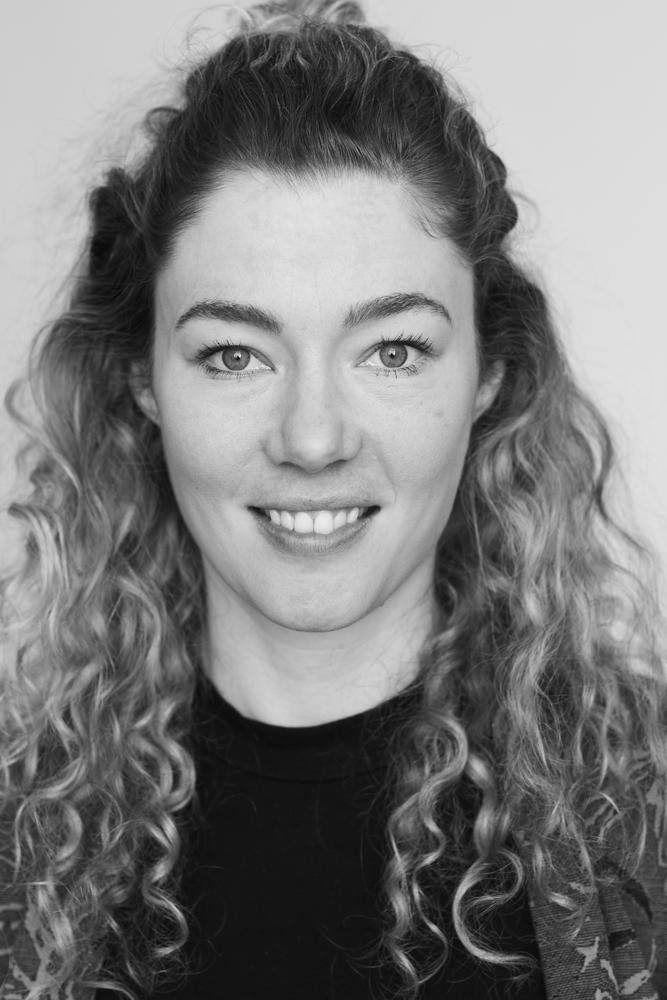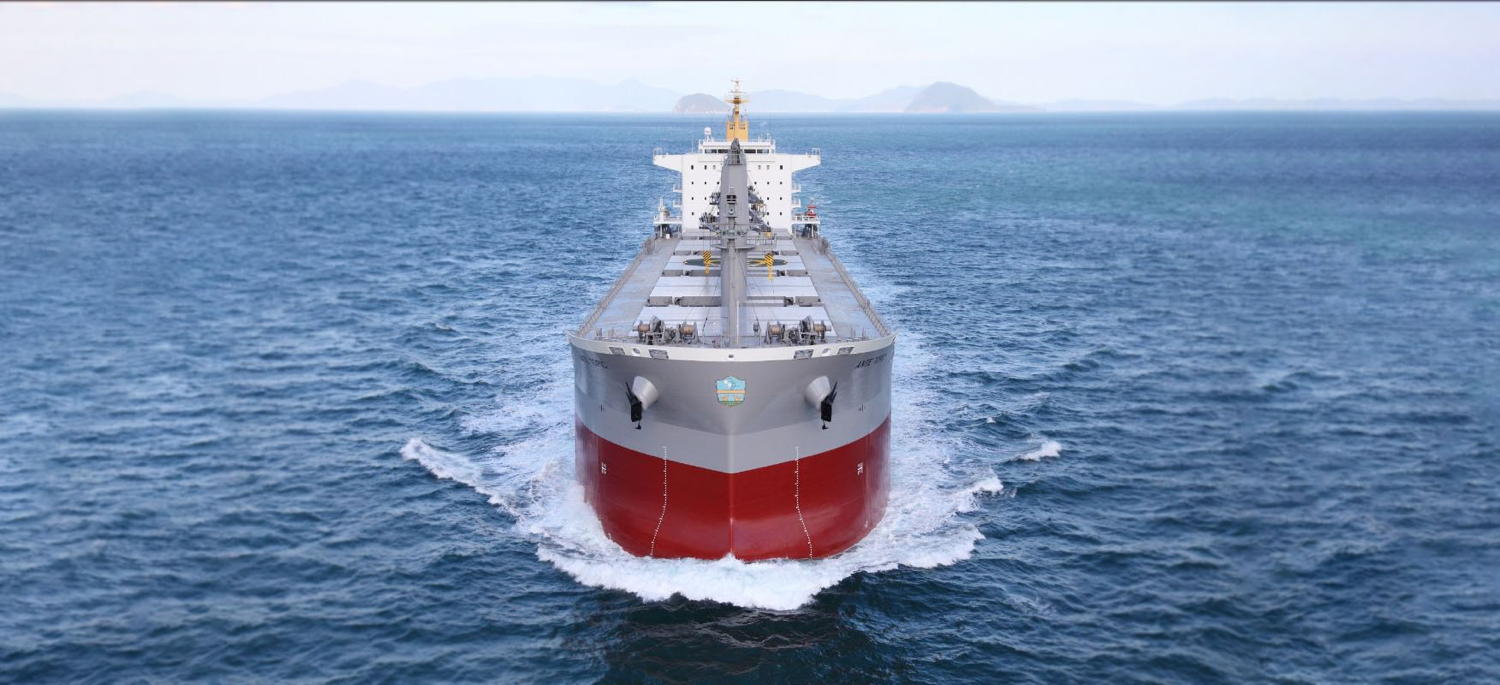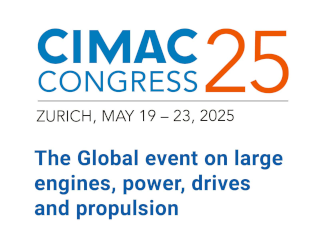After the 2019 launch, BunkerTrace recently secured its first commercial partnership. HANSA talked to co-founder Deanna MacDonald about chances and challenges of blockchain and synthetic DNA solution to track fuels
What is the biggest challenge of BunkerTrace in operation?
MacDonald: In terms of operational challenges, the main challenge[ds_preview] we’ve had to solve is accounting for the sheer number of actors and checkpoints in the supply chain. This means there are many processes to account for, that we have to convince many actors of the benefits of using our system and inputting quality metrics. There are many users onboard to train and several geographical locations to make sure we’ve covered. With all of these complexities, there’s also an increased risk of incorrect inputs of data into our system, whether deliberately or in error. Yet, because we’ve integrated the digital and the physical, we increase the sources of inputs and trails of data to be able to triangulate to obtain the source of truth, which mitigates this.
How does the system work?
MacDonald: To physically tag the fuels, the system uses short single strands of synthetic DNA to provide a virtually unlimited number of unique, secure codes, akin to fingerprints. This non-invasive synthetic DNA tag, which along with the molecular flag, must be mixed in with the final blend of fuel once it has been confirmed as meeting specification by a qualified laboratory, either upstream at the bunker supplier or refinery, or further downstream between the shore tanks and the barge. The downstream application requires that we tag the fuel for each bunkering operation and that we work together with bunker surveyors to ensure our product is added and mixed into the fuel. The bunker surveyor ensures both product transfer pipelines and designated receiving cargo tanks on the bunker barge have been properly drained and cleared before introducing the tag and flag into the fuel via a bespoke automated dosing pump and injection flange. The injection flange can be added at any point in the transfer pipeline between the shore tank and barge manifold, as agreed by the terminal or barge provider. The benefits of adding the BunkerTrace tracer as it leaves the supplier is that a fuel may change during transport, storage and transfer compared to its origin where it has been shown to meet specification. The flag is able to demonstrate, on the spot, if a fuel has been cross contaminated with other fuels through the supply chain. For upstream tagging, we work together with the bunker suppliers to tag the fuel at the source and by the batch. This process is simpler in that the tag can be added from a vial into the fuel after blending and testing, thus doesn’t require the automated dosing pump. The benefits of marking the compliant fuel upstream for bunker suppliers is brand protection, fuel price premiums, prevention of fraud, and detection of dilution and adulteration.
How does the digital system come together with the physical installation?
MacDonald: As information is recorded in our app in the field, the system builds an immutable audit trail, which follows the fuel and any changes made to it throughout the supply chain and also records all activities and sign-offs by actors transacting the fuel. When coupled with the lab test results on the quality of fuels and our software for documenting the handoffs as the fuel is transferred, we create a turn-key solution for validating the authenticity, quality and specifications of fuels. With our portable testing devices, bunker surveyors can test for the presence of the flag in less than a minute during their physical field inspections.
In which regions is BunkerTrace active and what are your plans for the future?
MacDonald: We believe that BunkerTrace is highly applicable to any region with major bunkering hubs or for those looking to expand their bunkering activity. In addition to our agreement with Marfin, we’ve completed trials in Antwerp/Vlissingen with the Boskalis-owned dredger »Prins der Nederlanden«. By the end of the year (and if we can travel to set up operations) we’ll ensure that our solution is accessible and operating in the three major ports of Amsterdam-Rotterdam-Antwerp (ARA), Singapore and Gibraltar.
How do you ensure digital security?
MacDonald: The blockchain-based Bunker Delivery Note (BDN) System creates an immutable chain of custody by recording the interactions that occur between the actors transacting the fuel. To do this, we’ve applied only the validated and scaled components of blockchain that suit our application needs: transaction level unique key encryption and geo and timestamping of events. Unique key encryption is a method that allows us to share all of the data in encrypted form while enabling users to selectively reveal data at their choosing. This allows for sharing the key for a very specific piece of data, and only that data. In addition, we use blockchain based timestamps to prove that a message existed prior to some point in time; timestamps are occasionally referred to as »proofs-of-existence«. Being able to prove that data existed prior to a point in time is useful to verifying the chain of custody on fuel and all of the transactions that took place. A hash, or timestamps and data are stored on a decentralised blockchain.
Do you aim at clients from segments other than shipowners, too?
MacDonald: Insurers, port authorities, refiners and bunker fuel suppliers are all showing interest in our solution, and there are potential benefits for all these parties when it comes to using the solution. For fuel suppliers, it provides actionable insights on origin, quality (via COQ), storage, transfer and delivery as well as sustainability metrics of the end product. It also protects brand promise and proves authenticity of branded fuels to allow for price preference differentials in the market. For port authorities, it provides a key differentiator in terms of offering a provable, reliable bunker supply chain to customers. Insurers can also use the solution to gain more data and insight into the fuel-related risks that they cover.
Interview: Michael Meyer




















